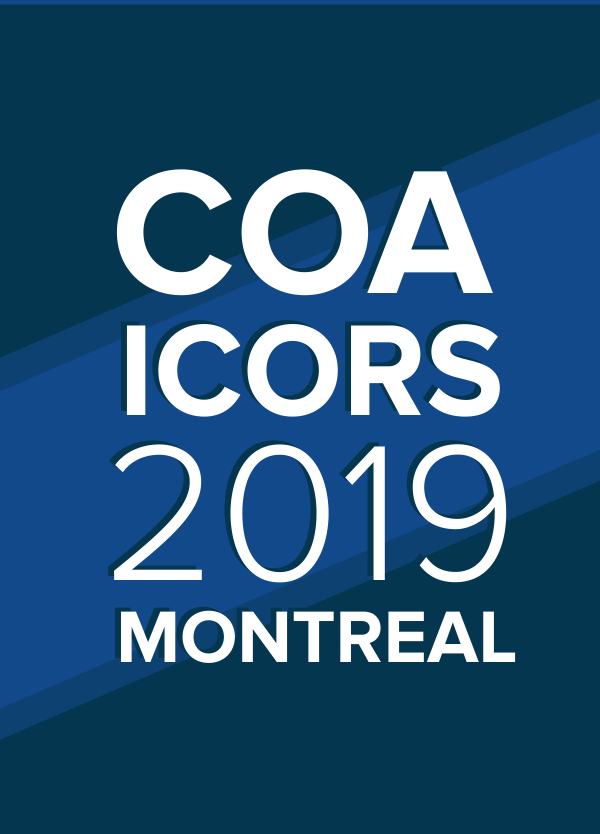
COA/ICORS2019: No difference in functional outcomes with collared vs. collarless implants in THA

COA/ICORS2019: No difference in functional outcomes with collared vs. collarless implants in THA
Determining the Impact Hip Femoral Stem Design Has on Subsidence and Patient Activity for Patients Undergoing Primary Unilateral Total Hip Arthroplasty
Did you know you're eligible to earn 0.5 CME credits for reading this report? Click Here
CONFERENCE ACE REPORTS
This ACE Report is a summary of a conference presentation or abstract. The information provided has limited the ability to provide an accurate assessment of the risk of bias or the overall quality. Please interpret the results with caution as trials may be in progress and select results may have been presented.
Synopsis
100 patients with unilateral hip osteoarthritis and scheduled for total hip arthroplasty (THA) were randomized to receive either a collared or collarless cementless femoral stem implant. Outcomes of interest included implant subsidence, step count and the Timed Up and Go (TUG) test. Follow up was performed up to two years post-operation. Results revealed significantly more implant subsidence in th...
To view the full content, login to your account,
or start your 30-day FREE Trial today.
FREE TRIAL
LOGIN
Forgot Password?
Explore some of our unlocked ACE Reports below!

Learn about our AI Driven
High Impact Search Feature
Our AI driven High Impact metric calculates the impact an article will have by considering both the publishing journal and the content of the article itself. Built using the latest advances in natural language processing, OE High Impact predicts an article’s future number of citations better than impact factor alone.
Continue



 LOGIN
LOGIN

Join the Conversation
Please Login or Join to leave comments.